The California Department of Food and Agriculture (CDFA) established the Beet Curly Top Virus Control Program (BCTVCP) in 1943 to manage the economic impact of beet curly top virus (BCTV) throughout the State in accordance with California Agricultural Code, section 6031-6043. The BCTVCP is funded through the assessment of impacted crops, with the rate of assessment being determined based on region and level of impact. Program activities are based on the recommendation of the Beet Curly Top Virus Control Board (Board).
Since its initiation, the BCTVCP has successfully reduced the severity of BCTV outbreaks in California through constant monitoring and control of beet leafhopper (BLH) populations, the sole vector of BCTV. This management strategy utilizes both aerial and ground control methods. Control operations primarily take place in the San Joaquin Valley; however, the BCTVCP monitors both BLH populations and BCTV outbreaks throughout California.
Notice of TreatmentBeet Curly Top Virus Control Program Reports
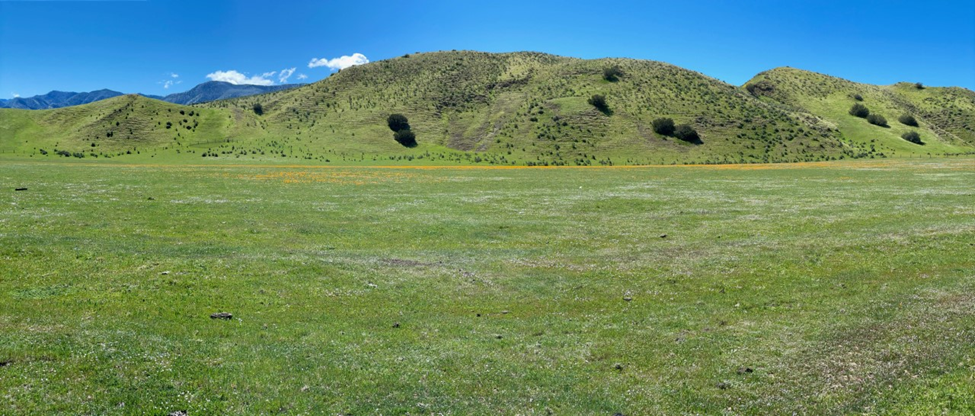
BCTVCP Reports and Grower Alerts
2021
2022
2023
2024
2025
Beet Curly Top Virus Control Board and Assessment Rates
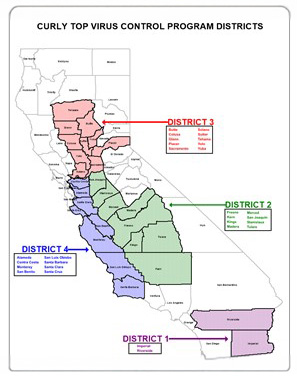
The Beet Curly Top Virus Control Board (Board) consists of 9 members representing the four districts serviced by the Program (see the map on the right). The Board was established under California Agricultural Code: Sections 6039-6042 to advise the Secretary on the impact of BCTV on the industry, and the assessment rate on impacted commodities.
View the BCTVCP Assessment Rates.
Beet Curly Top Virus and Beet Leafhopper Information
Beet Curly Top Virus
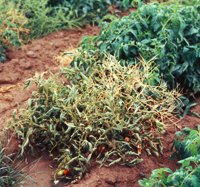
Since the early 1900s, curly top disease has been a known cause of serious crop damage across the Western United States. Curly top disease is caused by BCTV, which belongs to the family Geminiviridae, and genus Curtovirus. BCTV infects approximately 300 species of crop and weed plant species, and importantly, causes significant damage to sugar beets, tomatoes, spinach, melons, hemp, peppers, and other economically critical crops in Arizona, California, Colorado, Idaho, New Mexico, and Utah.

The only known vector of BCTV is the beet leafhopper, Circulifer tenellus. The beet leafhopper (BLH) is a small insect that can accumulate BCTV while feeding on annual and perennial weeds. Once the BLH have accumulated the virus, they can then transmit BCTV as they feed on agricultural commodities in search of new host plants, potentially causing severe damage and crop losses.
Susceptible Crops
Beet Leafhopper
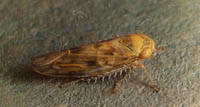
Overwintering Adult
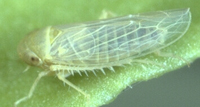
Spring Adult
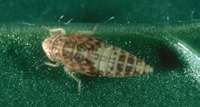
Nymph
In California, BLH overwinter in the foothills of the Coastal Range, west of the Central Valley. There, BLH feed and lay eggs on perennial weeds (e.g. filaree [Erodium spp.], peppergrass, various mustard species, and buckhorn plantain [Plantago lanceolata]) that germinate following seasonal rain. These host weeds can be infected with BCTV, which BLH ingest and accumulate as they feed.
As the rain stops and the foothills dry, viruliferous BLH migrate to the Central Valley floor in search of annual weeds (e.g. Russian thistle [Salsola tragus L.], Chenopodium species including lambsquarter and goosefoot, and London rocket [Sisymbrium irio]) to complete their life cycle. As BLH migrate to the valley floor in search of preferred annual weeds, they feed on susceptible agricultural crop plants, infecting them with BCTV and potentially causing damage.
The BLH’s migration to the valley floor tends to occur between March and April. This coincides with the start of the growing season, when BCTV-susceptible crops are at their most vulnerable stages of early growth. However, while most incidence of BCTV infection occur at the start of the season, infection can occur throughout the growing season. This is because BLH can persist on the valley floor for three generations, with the potential to continue spreading the virus as they move from host weed to crop. In late fall, BLH return to the foothills to overwinter.
Identification
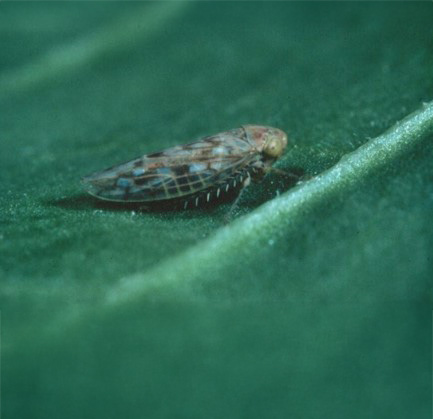
Host Vegetation
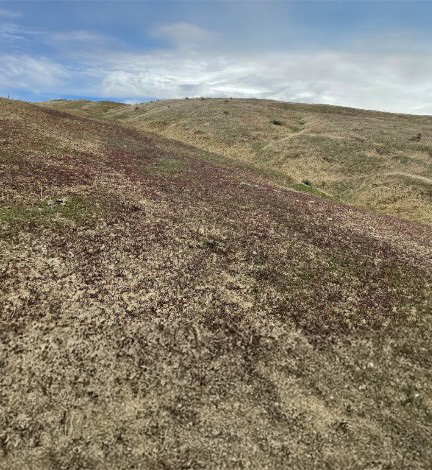
Program Details
Insect and Vegetation Survey

Determining the status of BLH populations throughout the year is dependent on survey with insect nets.
Spring Survey – From January through May, BLH populations are monitored using a flexible-ring sweep net in short winter annuals including filaree, Plantago, and peppergrass that emerge on the westside foothills of the Central Valley. BLH counts are made in sets of 10 net sweeps. The 10-sweep method is used for the short, less dense, spring host plants.
Prime, sparse host plant development, on south-facing slopes, is targeted to determine the most favorable location for BLH populations. The flexible net is swept back and forth over the top of the spring host plants 10 times while walking forward so that each successive sweep covers new host plants.
The goal of the spring survey is to identify and monitor BLH populations prior to their migration to the valley floor and susceptible crops.
Fall Survey – Beginning in August, Russian thistle growing in fallow fields, oil fields or rangeland is mapped and closely monitored for developing BLH populations. Maps are updated weekly and the BLH populations are monitored with sweep net surveys. BLH counts on Russian thistle are recorded as single sweeps.
The goal of the fall survey is to identify and monitor BLH populations on the valley floor prior to their migration back to their overwintering grounds in the westside foothills of the Central Valley.
Additional Surveys – Year-round BCTVCP surveys focus on the San Joaquin Valley, because historically that is where t
- Sacramento Valley – Surveys typically conducted between March and June
- Salinas Valley – Surveys typically conducted between April and June
- Imperial Valley – Surveys typically conducted between June and July, and October and November
Commodity Survey– Beginning in June, BCTVCP personnel transition their surveys to agricultural crops that are susceptible to BCTV. BCTV damage assessment surveys are conducted and percent damage due to BCTV is recorded. Personnel collect samples of BCTV symptomatic plant tissue and submit them to the CDFA Plant Diagnostic Lab for viral analysis.
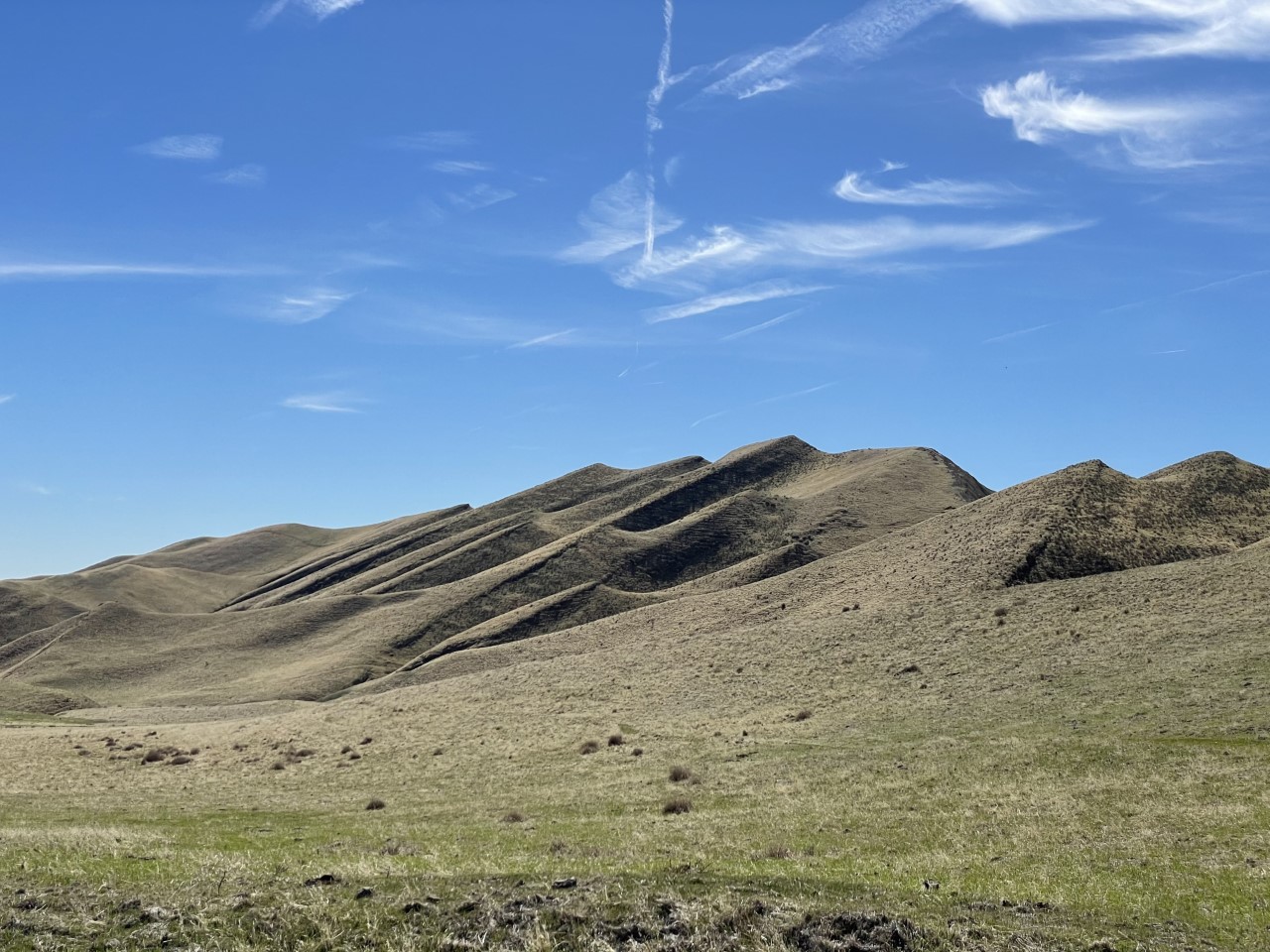
Beet Leafhopper Control
Control efforts are timed to coincide with the reproductive biology of the BLH by disrupting the continuity of the BLH’s life cycle and lowering the BLH population below economic thresholds prior to its spring migration into susceptible crops or fall migration to overwintering sites. Control efforts generally take place at two distinct points in the life cycle: spring and fall.
Spring Control – Timing of the spring aerial control program involves several critical considerations; (1) the progression of nymphal emergence, (2) the number of mature adults, (3) the condition of host plants, and (4) the proximity to susceptible crops. At this time, there is no way to predict when or where populations will develop. Control of the spring population can begin as early as the end of February or as late as mid-May. Control is only effective once all nymphs have emerged, but prior to adult migration caused by drying of host vegetation. In warm weather, the effective control period can be reduced substantially. Due to rapid insect development and host plant drying, constant monitoring of BLH populations by BCTVCP staff is critical to timing of control operations.
Fall Control – In the fall, usually October, the summer/fall generation of BLH produces an overwintering generation, which is concentrated on Russian thistle plants growing in cultivated fallow fields or in rangeland. BLH remain on Russian thistle until drying or frost forces dispersal into the westside foothills of the Central Valley where more favorable overwintering hosts will germinate with the first winter rains. Fall control operations are timed prior to adult migration to the overwintering rangeland.
Ground-rig Control – After the spring migration, BCTVCP personnel monitor host plant weeds in fallow fields and roadsides on the valley floor that are nearby susceptible commodities. Ground-rig spot treatments are conducted on host plant weeds found to be harboring BLH populations. Ground-rig spot control methods are conducted on an as-needed basis from April – August.
Sample Collection
Throughout the year samples are collected and sent to the CDFA Plant Diagnostic Lab by both BCTVCP field personnel and pest control advisors from around the state.
Types of samples collected include:
- BLH samples collected during sweep net surveys
- BLH samples pulled from sticky traps placed around agricultural fields
- Host weed tissue samples collected during sweep net surveys
- Susceptible commodity plant tissue collected during commodity damage surveys, or sent in by pest control advisors
Cited Literature & Online Resources
- Multistate Research Coordinating Committee and Information Exchange Group.WERA1007: Curtovirus Biology, Transmission, Ecology, and Management. https://www.nimss.org/projects/view/mrp/outline/18818
- University of California Agriculture and Natural Resources UC IPM. https://www2.ipm.ucanr.edu/agriculture/tomato/Curly-Top/
- Chen, L.-F., Brannigan, K., Clark, R., and Gilbertson, R. L. 2010. Characterization of curtoviruses associated with curly top disease of tomato in California and monitoring for these viruses in beet leafhoppers. Plant Dis. 94: 99-108. https://pubmed.ncbi.nlm.nih.gov/30754401/
- Creamer, R., Luque-Williams, M., and Howo, M. 1996. Epidemiology and incidence of beet curly top geminivirus in naturally infected weed hosts. Plant Dis. 80:533-535. https://www.apsnet.org/publications/plantdisease/backissues/Documents/1996Abstracts/PD_80_533.htm
- Davis, M. R., Wang, H., Falk, B. W., and Nunes, J. J. 1998. Curly top virus found in perennial shrubs in foothills. Calif. Agric. 52:38-40. https://www.researchgate.net/publication/274552230_Curly_top_virus_found_in_perennial_shrubs_in_foothills
Report a Pest
Program Contact
David Kratville
Environmental Program Manager
Email: david.kratville@cdfa.ca.gov
Upcoming Meetings
No meeting scheduled at this time

